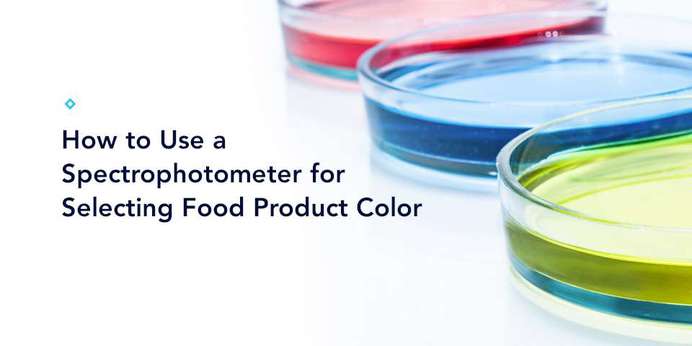
The color of food significantly impacts consumer appeal and quality perception, cementing the importance of selecting food coloring and measuring it regularly to ensure consistency. Spectrophotometers simplify scientific, objective food coloring measurements to help food manufacturers reach quality goals, reduce waste, and influence customers' buying decisions. The following tips will guide you in identifying and using the best solution for determining food coloring data in your products.
Choose Equipment Based on Food's Physical Properties
Your sample's physical properties are the starting point for choosing the right spectrophotometer to measure food coloring. For example, you can quantify the color of transparent liquids like sports drinks using a device that captures transmittance measurements. Nonuniform, opaque, and highly textured foods will require a solution that accurately measures color by reflectance. Consider options capable of transmittance and reflectance measurement or simultaneous color and haze data capture for added versatility.
Similarly, physical characteristics like the food's fat content also impact color since dyes and pigments are either oil-soluble or water-soluble. A spectrophotometer provides real-time insights to ensure the colorant you choose meets quality and appeal expectations.

